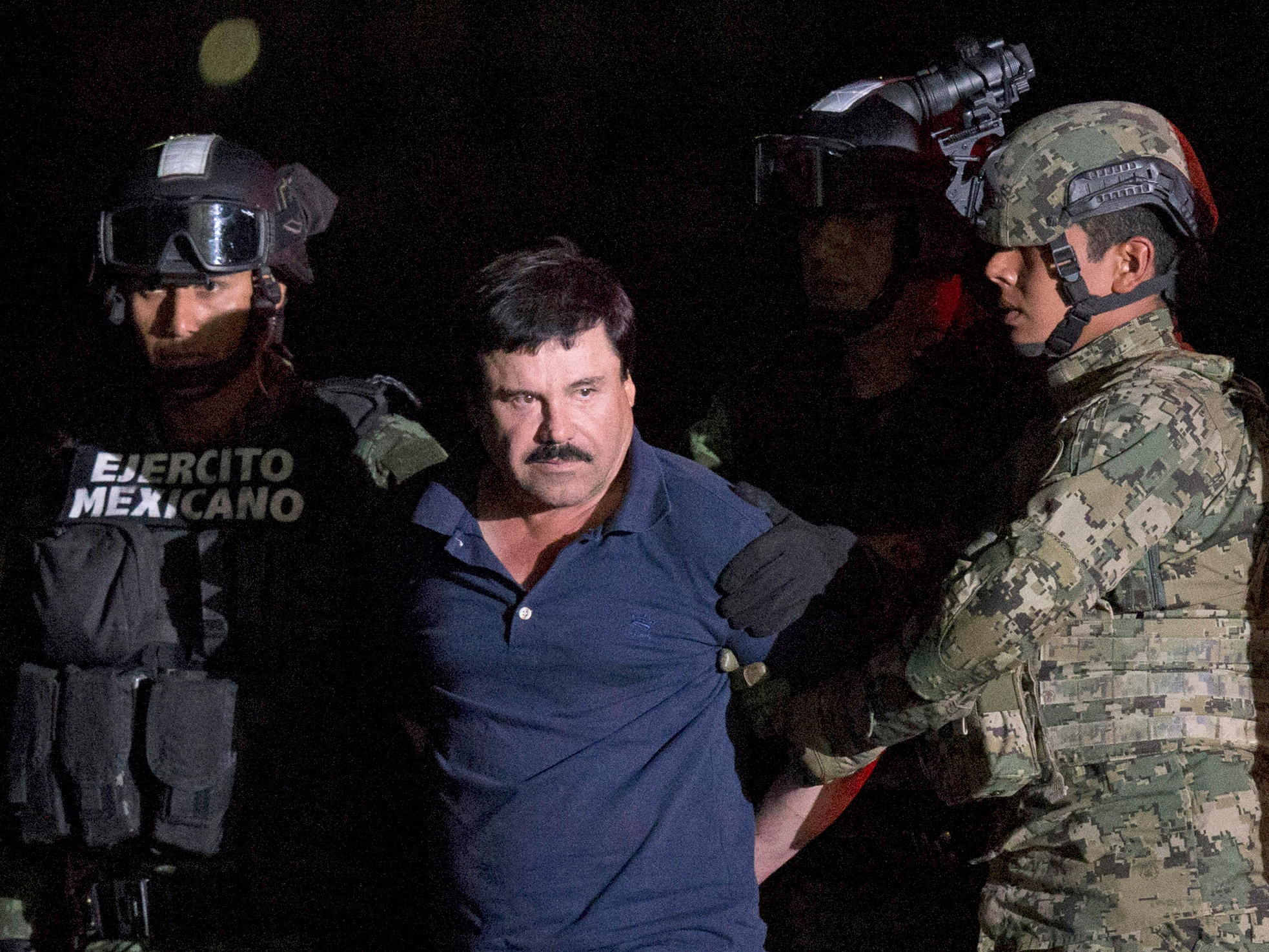The trial of Joaquín “El Chapo” Guzmán has begun, and his defense attorneys contend he’s the victim of a vast conspiracy by the true leader of the Sinaloa Cartel: “El Mayo.”
Ismael “El Mayo” Zambada García is Guzmán’s longtime partner and the current leader of the cartel, now that Guzmán himself is on trial in the United States. Guzmán’s lawyers say he’s been working with both the Mexican and American governments, bribing officials to steer clear of the legal mess while Guzmán takes the fall.
“The world is focusing on this mythical ‘El Chapo’ creature,” Jeffrey Lichtman, Guzmán’s lead lawyer, said in court Tuesday. “The world is not focusing on ‘Mayo’ Zambada.”
US federal prosecutors have hundreds of thousands of pages of evidence, as well as a series of witnesses, they say prove Guzmán was the real leader of the Sinaloa Cartel, responsible for decades of violence and for smuggling billions of dollars of illegal drugs around the world.
But who is Zambada anyway? And how did the 70-year-old dominate the world's most notorious drug cartel?
Zambada helped build the Sinaloa Cartel from the wreckage of the Guadalajara Cartel in the early 1990s.

In the 1980s, Miguel Ángel Félix Gallardo - also known as El Padrino ("The Godfather") - ran the Guadalajara Cartel. It was Mexico's most infamous criminal organization at the time, controlling almost all drug trafficking between Mexico and the United States.
Gallardo was arrested in 1989 by US authorities and sentenced to a 37-year prison term, which he's still serving.
Upon his arrest, the Guadalajara Cartel was torn into two main factions: the Tijuana Cartel, formed by his nephews, and the Sinaloa Cartel, formed by a small group of organizational leaders. Both Guzmán and Zambada were among the people who founded the Sinaloa Cartel from the wreckage of the Guadalajara Cartel.
He consolidated power in the 1990s.

The Sinaloa Cartel grew in power in the 1990s. Part of that growth can be attributed to Zambada's skill in forming alliances and coordinating with other former members of the Guadalajara Cartel.
According to the US State Department, Zambada was a principal member of the brutal Amado Carrillo-Fuentes Organization, also known as the Juárez Cartel. He worked with Amado Carrillo Fuentes in the 1990s and, with Guzmán, helped the Sinaloa Cartel absorb many of its factions when Fuentes died in 1997.
It wasn't a peaceful consolidation.
"From 1992 to the year 2000 the days were difficult and bloody and a stupid senseless war where many families were destroyed and with a lot of pain in their hearts," his wife said, according to The Union-Tribune.
But by the end of the decade, Zambada was on top.
"In the late 1990s, Zambada-Garcia emerged as one of the strongest drug traffickers in Mexico, capable of transporting multi-ton quantities of cocaine and marijuana and multi-kilogram quantities of heroin," reported the State Department.
Mexico's attorney general's office indicted him in 1998. He remains at large.
He built a powerful drug trafficking network to funnel narcotics from Colombia to the United States.

According to the State Department, Zambada formed an operation that snuck cocaine from Colombia to Mexico with boats and possibly submarines, and then used trucks, cars, and airplanes to get them into New York. He allegedly has major cells in Arizona, California, Chicago, and New York.
But Zambada uses his billions of dollars in profits from drug smuggling to gain a foothold in more legitimate businesses, as well.

He has extensive real estate holdings and has invested in multiple businesses in Mexico, according to the State Department.
The FBI indicted him in 2003.

A grand jury charged him with a wide range of crimes related to the Sinaloa Cartel's drug trafficking business (Guzmán and a number of other Cartel figures were indicted as well). Zambada is still at large.
The helped the Sinaloa Cartel grow even more as Mexico fought its drug war.

In 2006, Mexican President Felipe Calderon drastically escalated the country's war on drug cartels.
But most of the government's efforts were spent fighting the Sinaloa Cartel's chief rival: The Tijuana Cartel.
Zambada knew an opportunity when he saw it. He took advantage of the Tijuana Cartel's weakness and went to war with the embattled cartel for possession of the territories they controlled.
In the last decade Tijuana Cartel has retreated from power, and the Sinaloa Cartel remains the dominant drug cartel in the country. It pulls in an estimated $11 billion in annual sales, according to Bloomberg.
After Guzmán was extradited to the United States, Zambada slid his way to the top.

For a long time, Zambada worked alongside Guzmán to transform the Sinaloa Cartel into the biggest and richest criminal organization in Mexico.
But after Guzmán was captured and extradited to the United States in 2017, a power vacuum emerged.
Three factions warred for control, leaving a trail of bodies in the wreckage. They were led by Damaso Lopez Nunez, who helped Guzmán escape prison twice, Jesus Alfredo and Ivan Archivaldo, his sons, and Aureliano "El Guano" Guzmán, El Chapo's brother.
The bloody dispute between them still continues. But it's Zambada holding the organization together.
As the three vie for control over the organization, they're still running their drug smuggling businesses. Zambada mediates between them and keeps things in check without taking sides, according to AFP.
According to experts, Zambada is streamlining the business.
"He has a very diversified portfolio," Mike Vigil, the former head of international operations for the DEA, told Bloomberg News. "Even though he's only had maybe an elementary-school education, he's received a Harvard-level education from some of the most prolific, knowledgeable and astute drug lords that Mexico has ever had."
But he's not expected to stay in charge.

Zambada is reportedly holed up in the mountains of Mexico's Sinaloa region. And though he's running the business, he's 70 years old and suffers from diabetes, so he's not expected to rule forever.
"I have been up into those mountains and it's very difficult to capture anybody," Vigil told Bloomberg. "'Mayo' Zambada is one of the most astute drug traffickers that Mexico has ever spawned."

